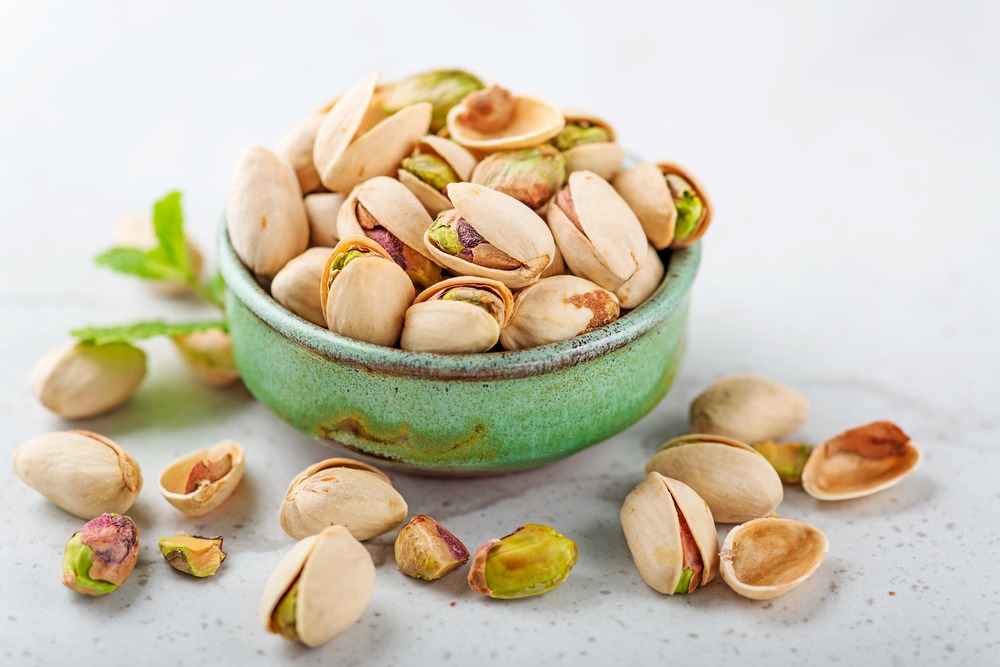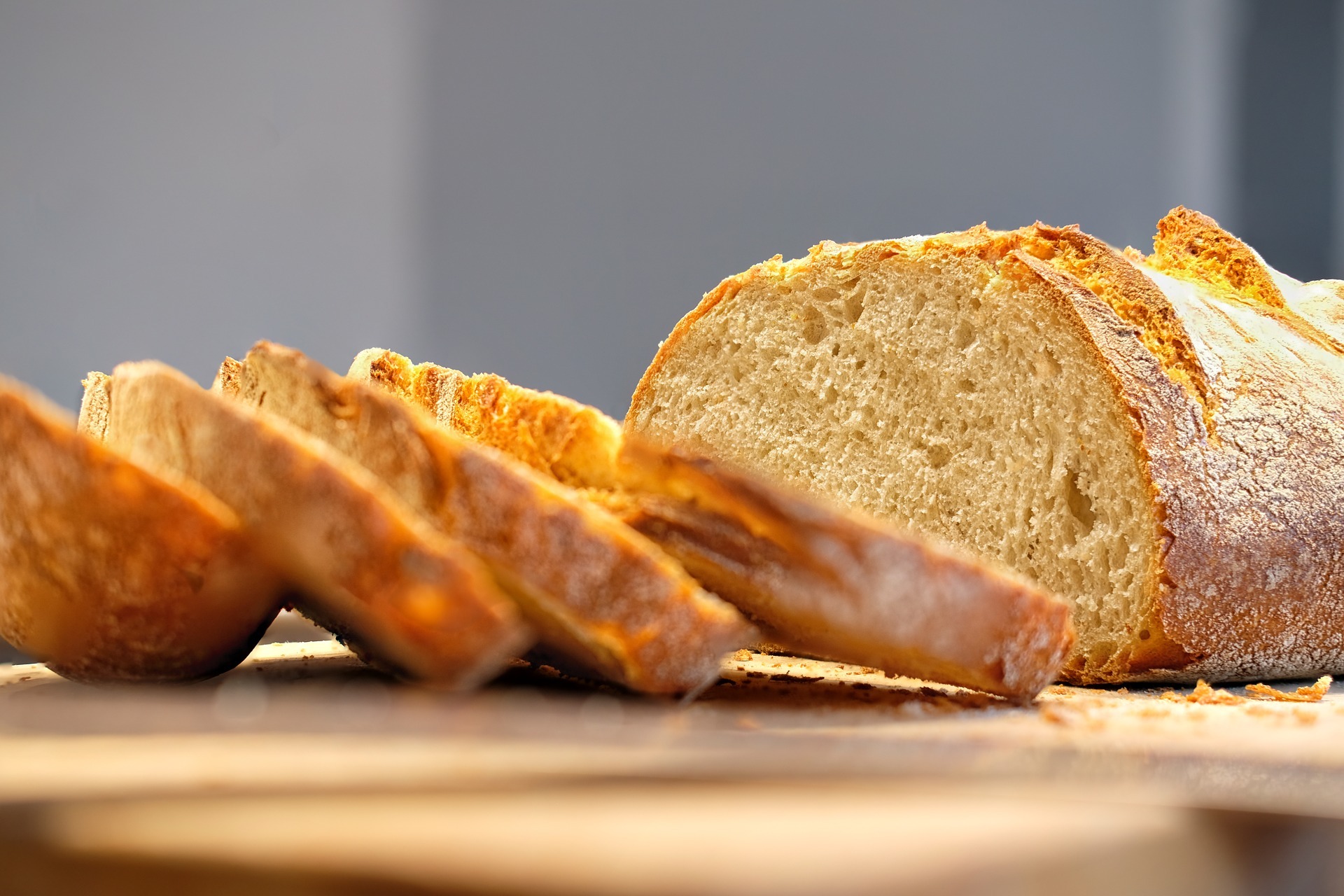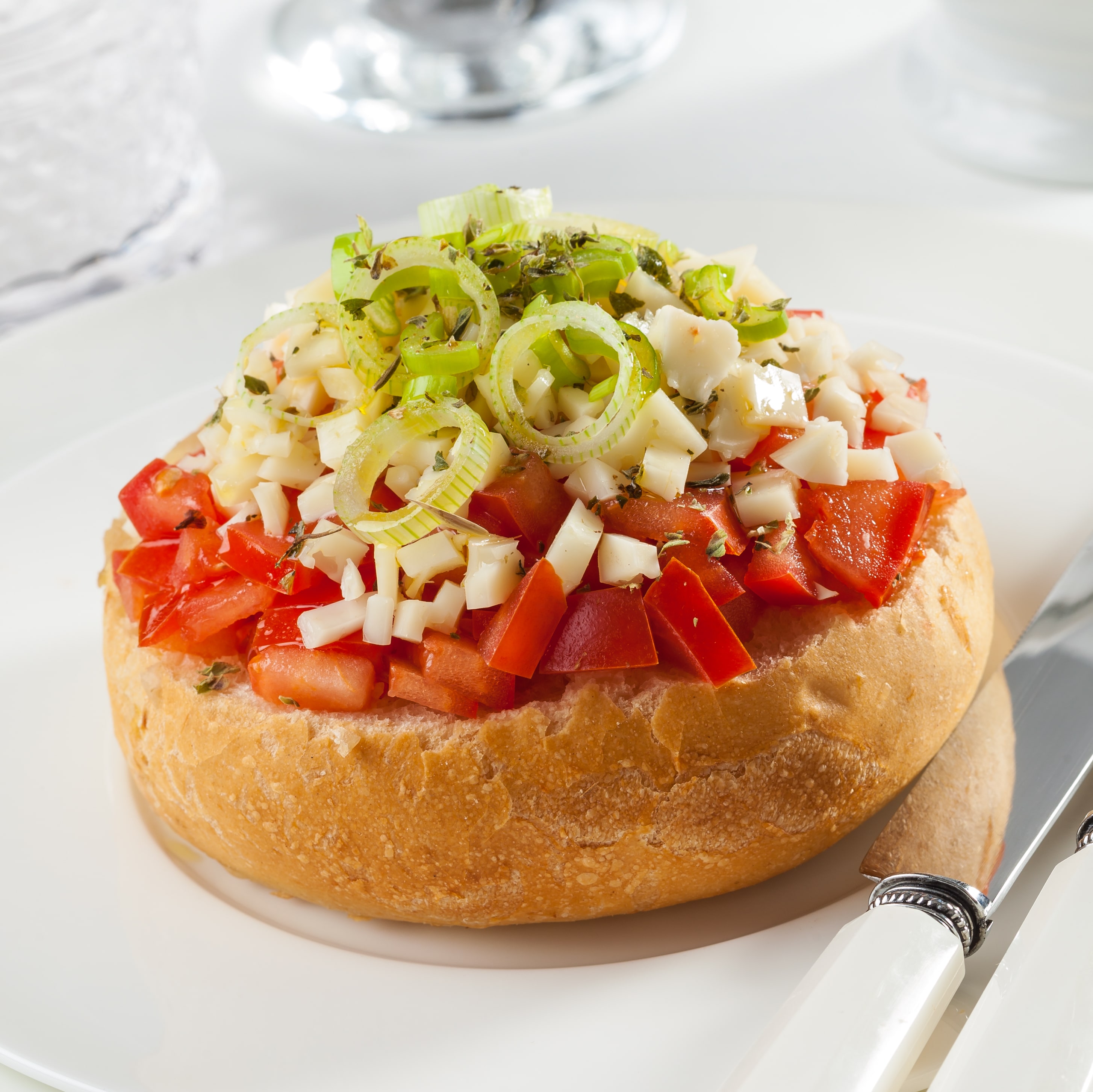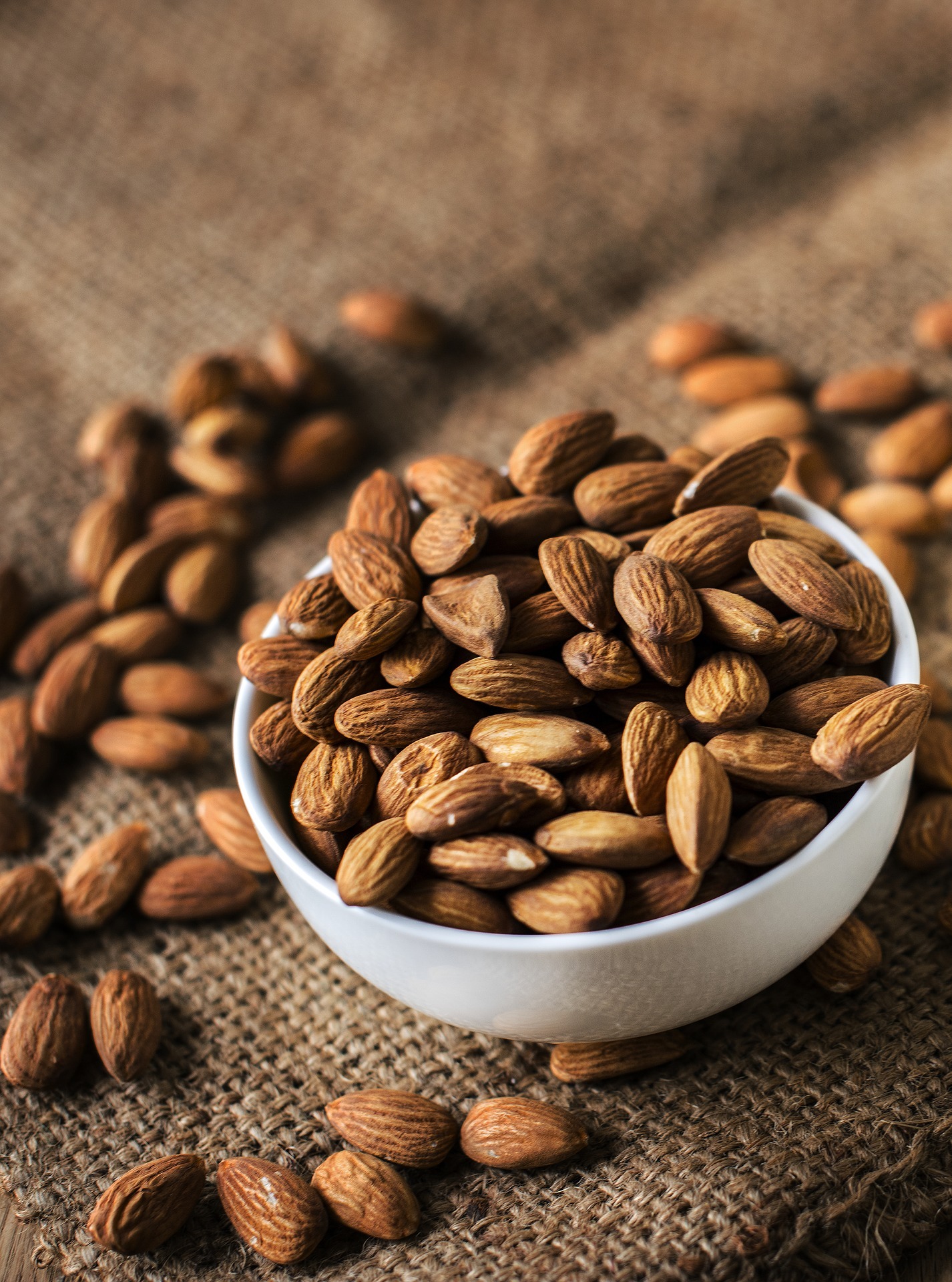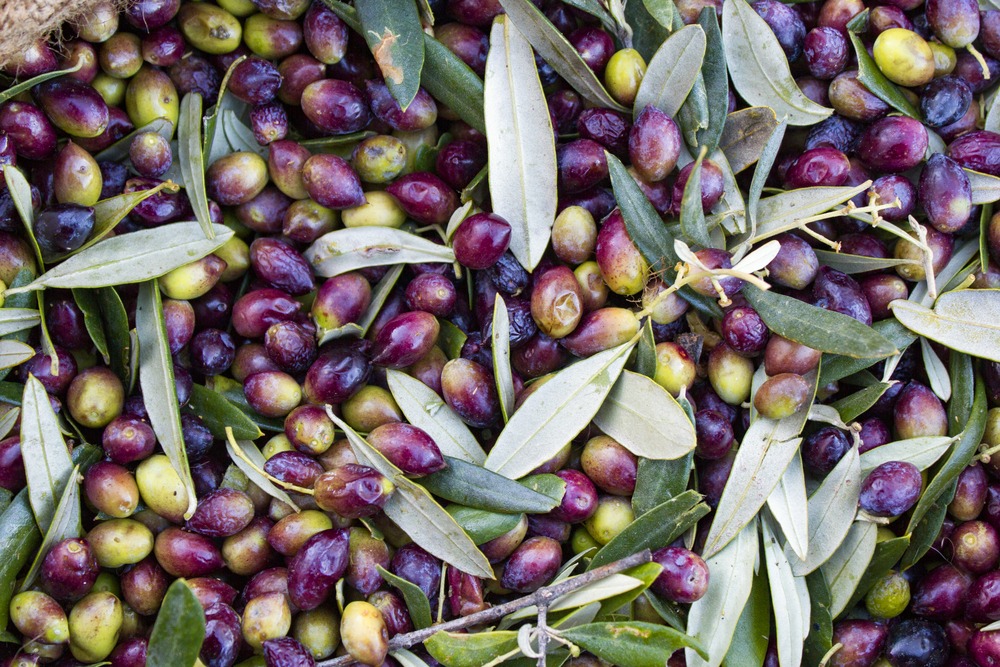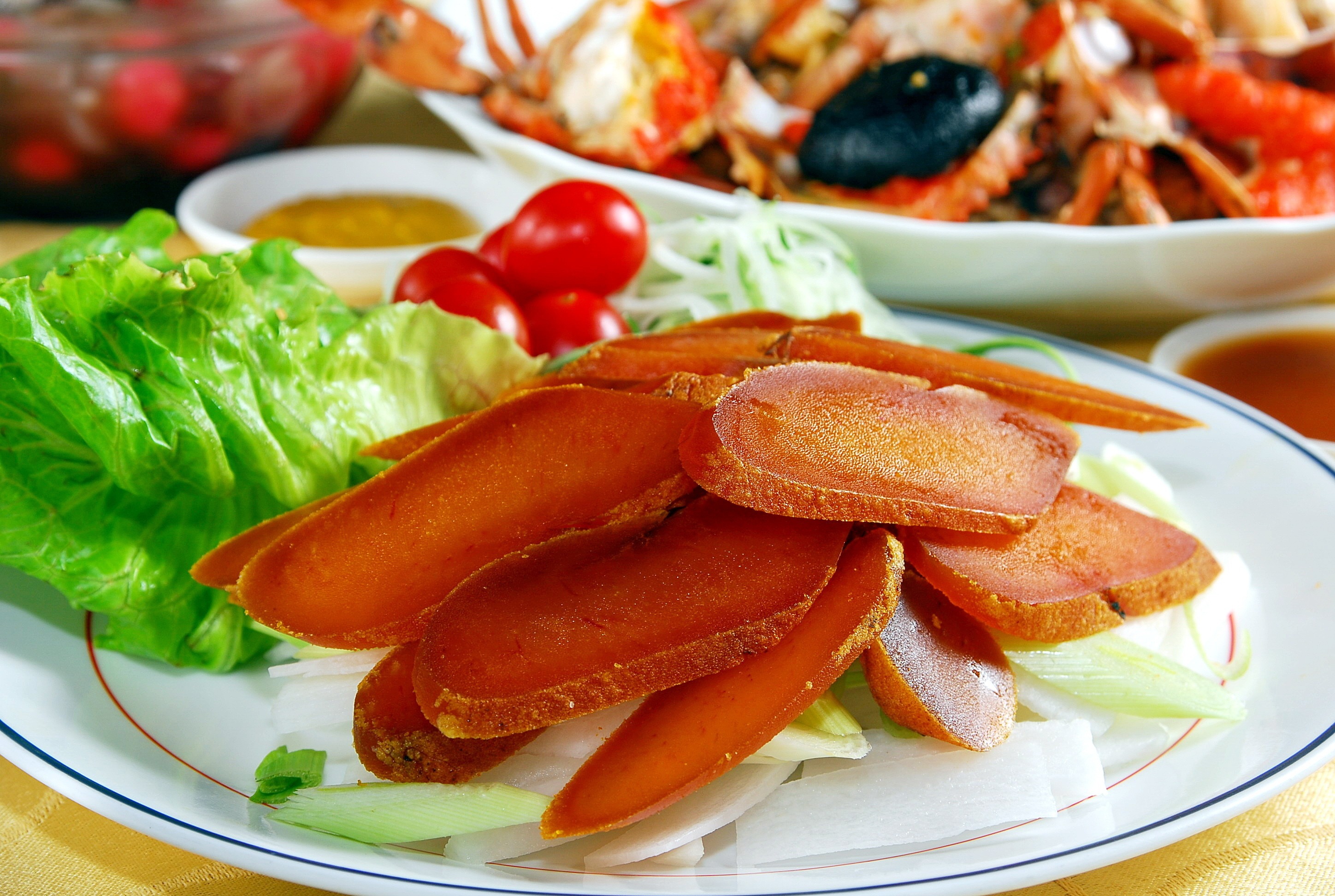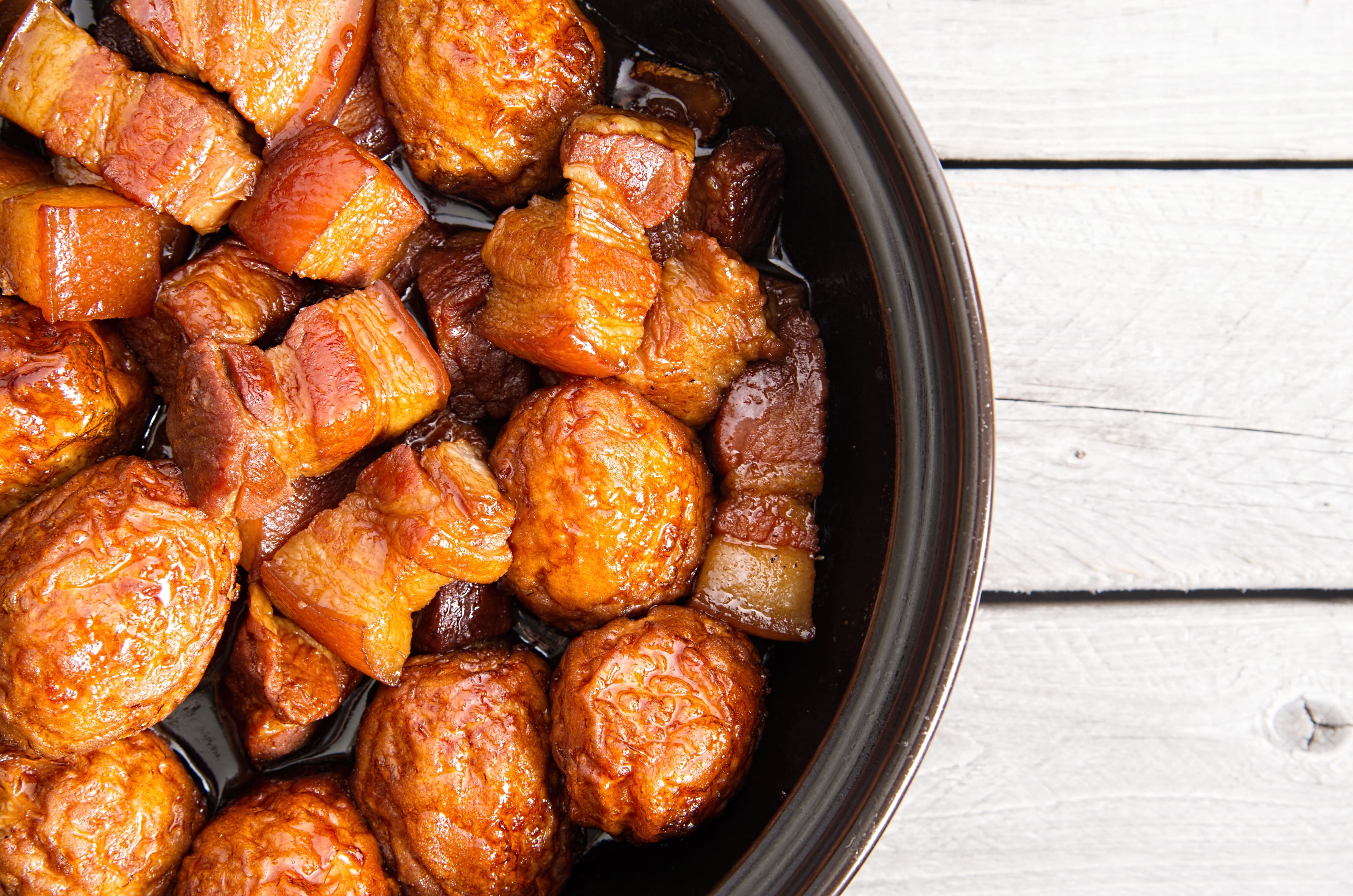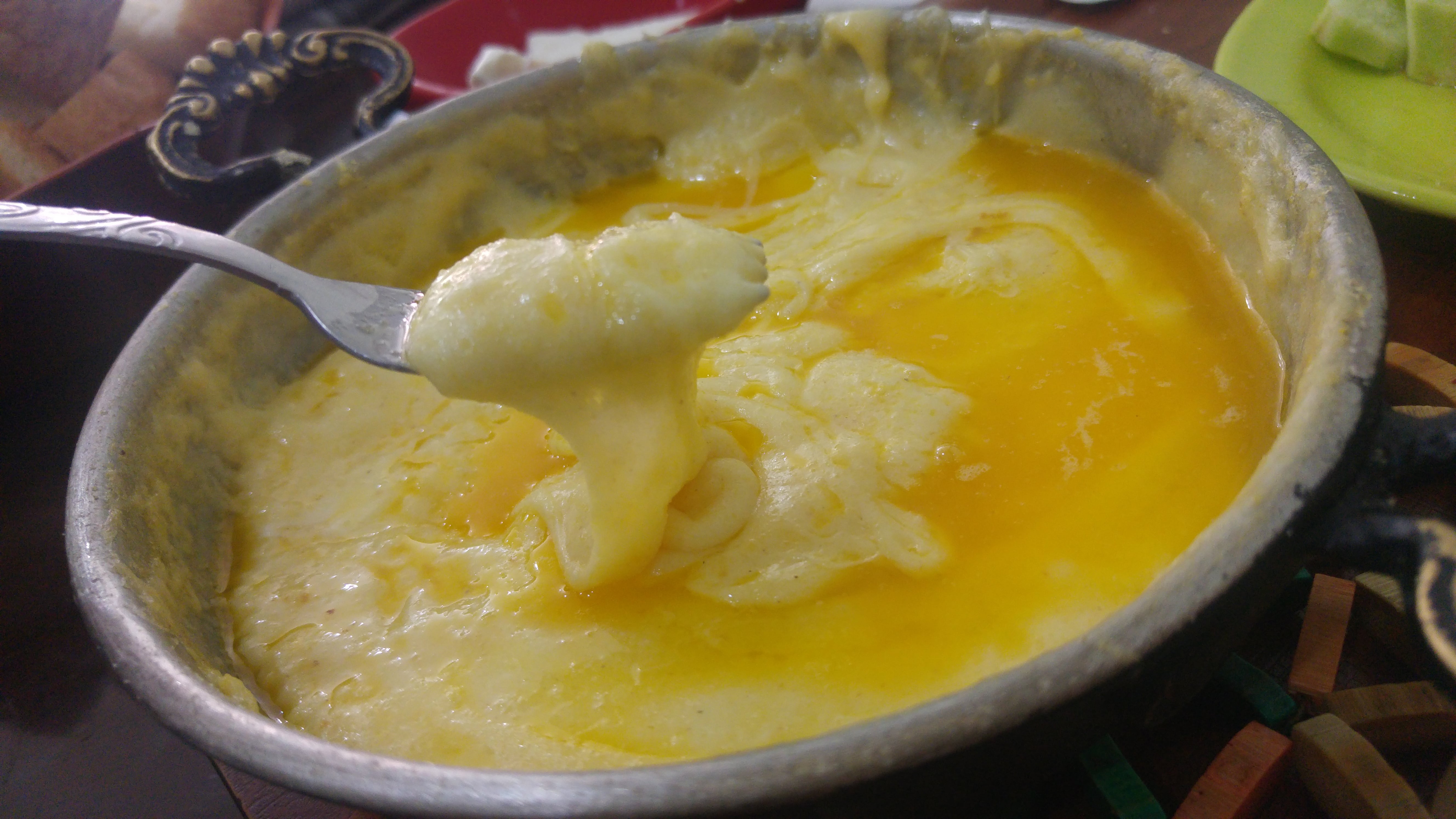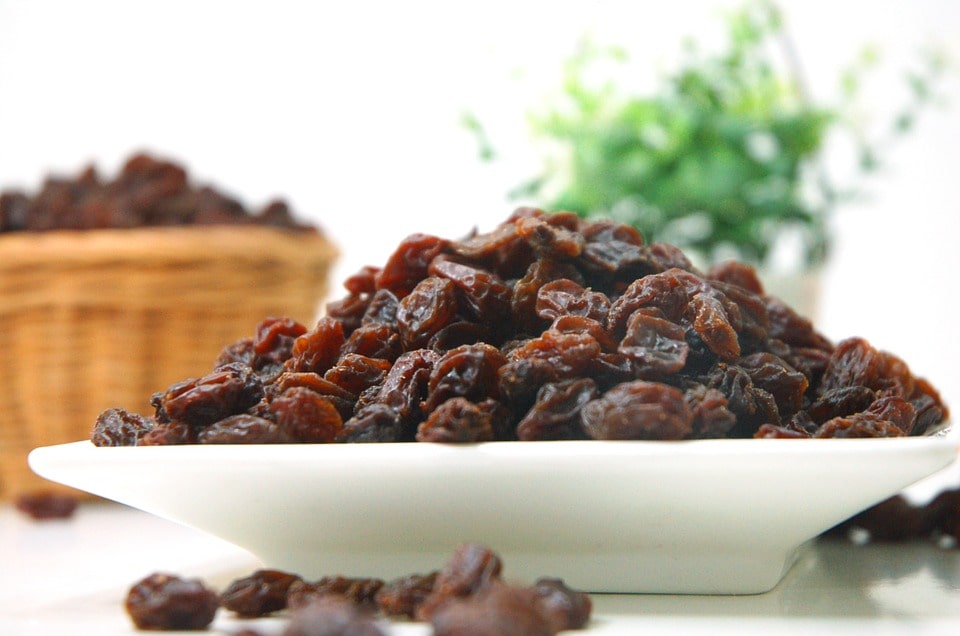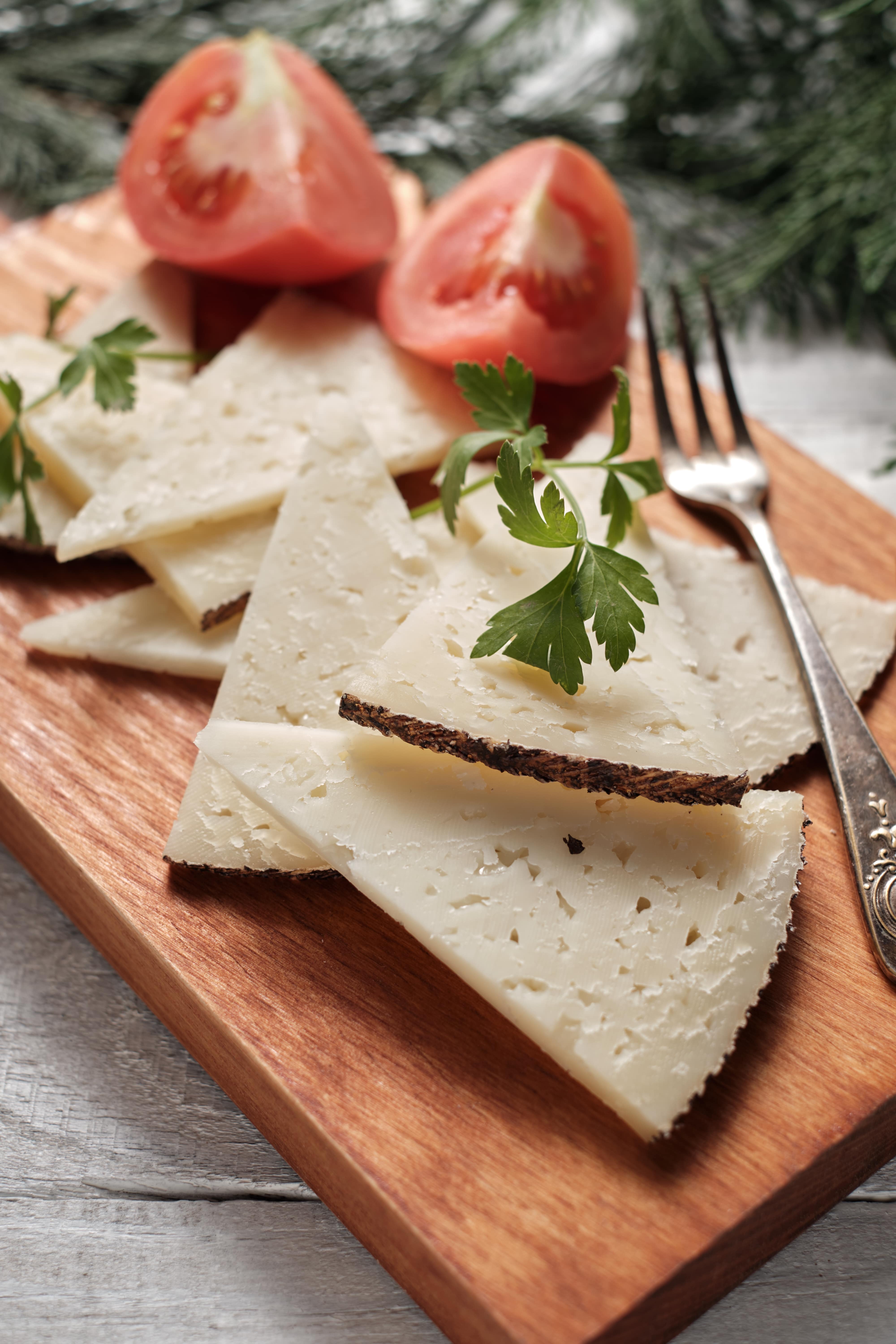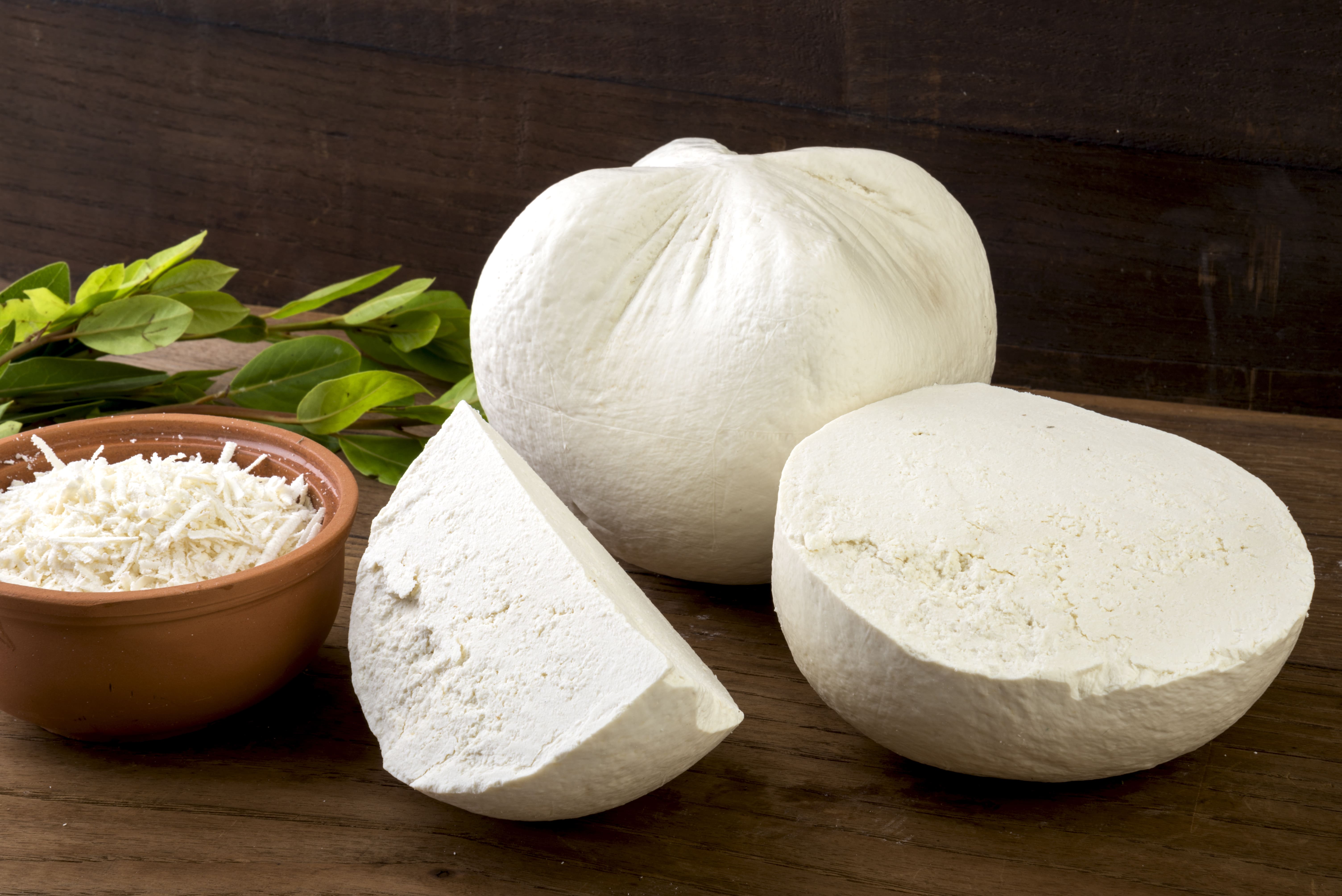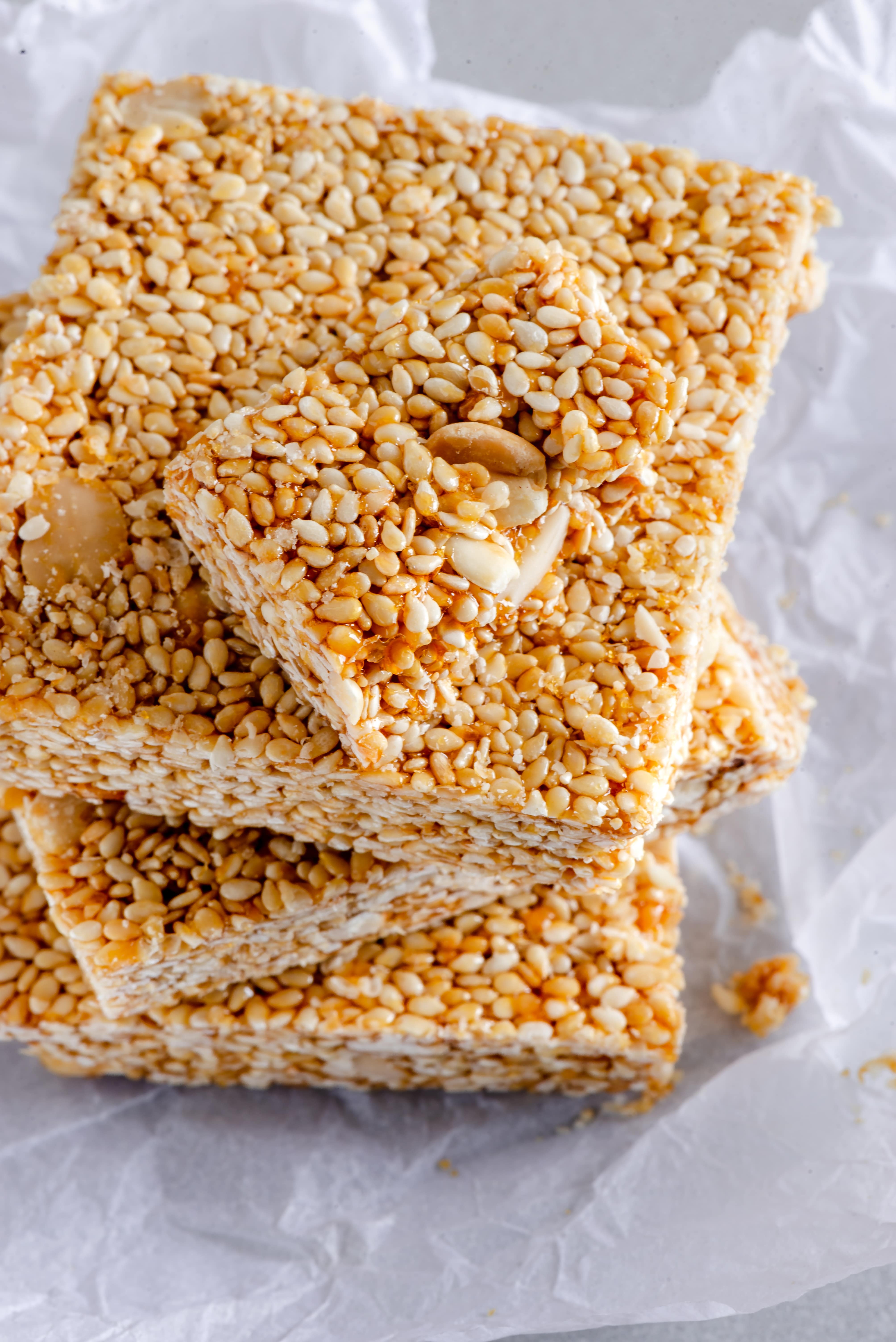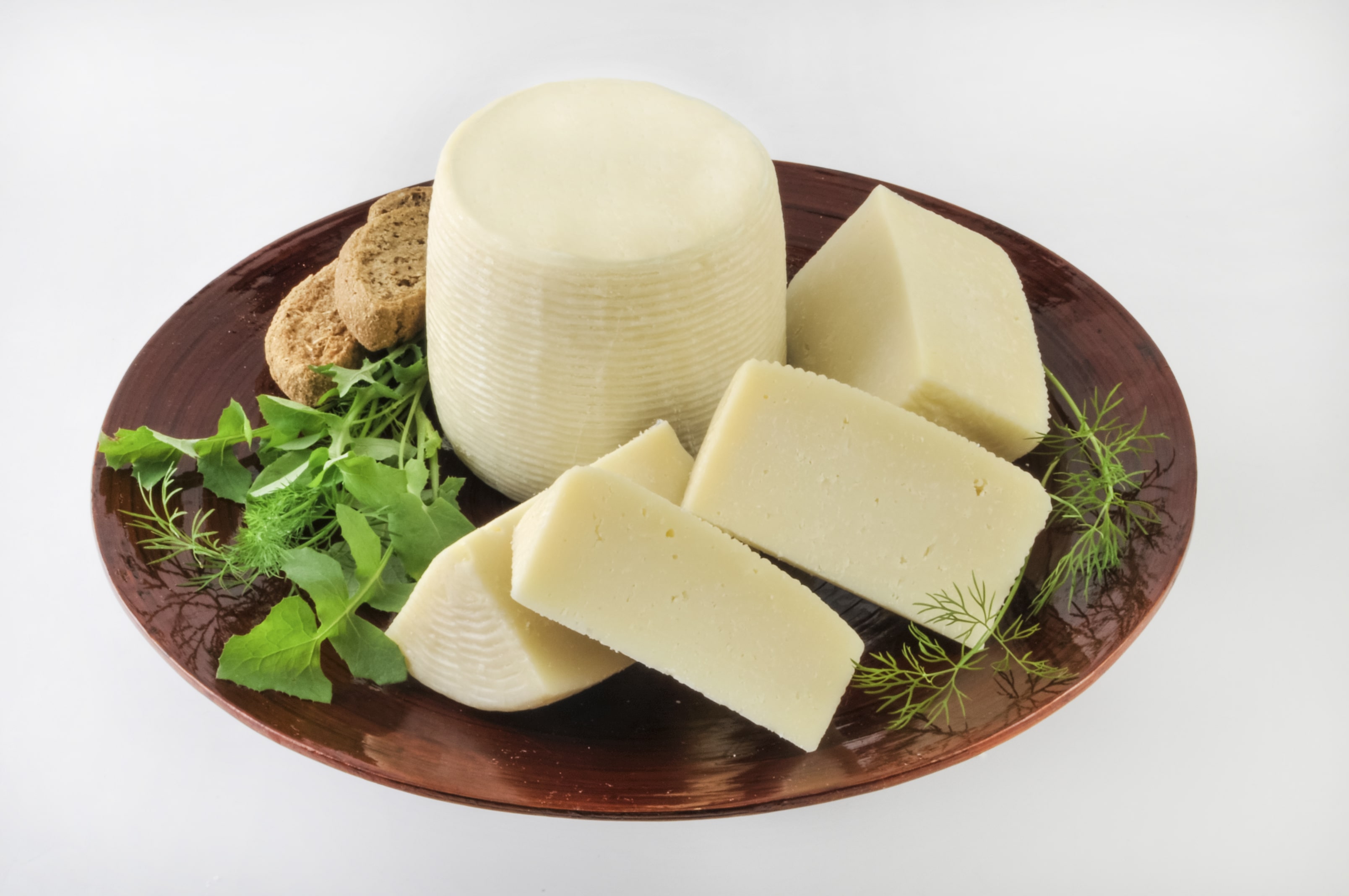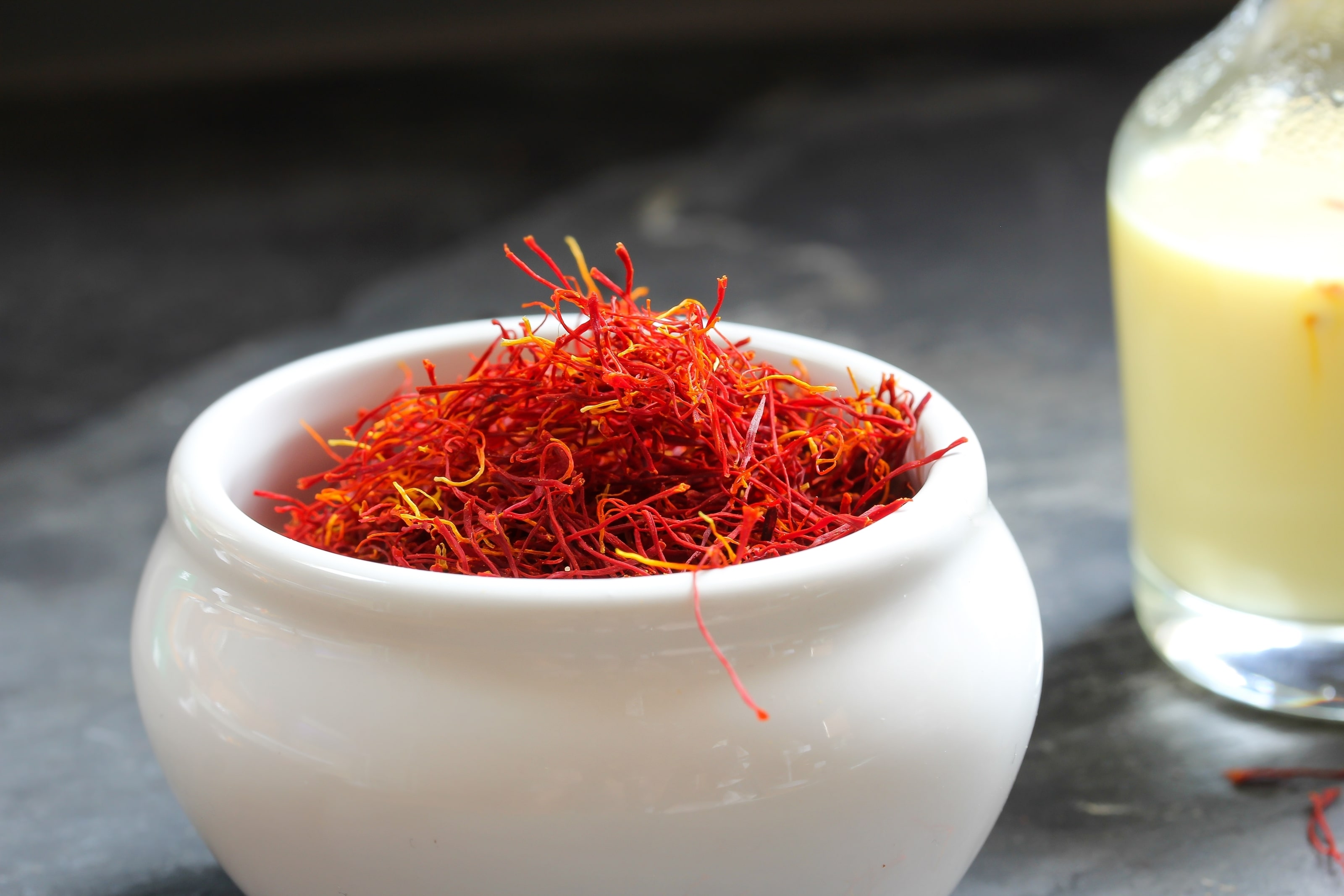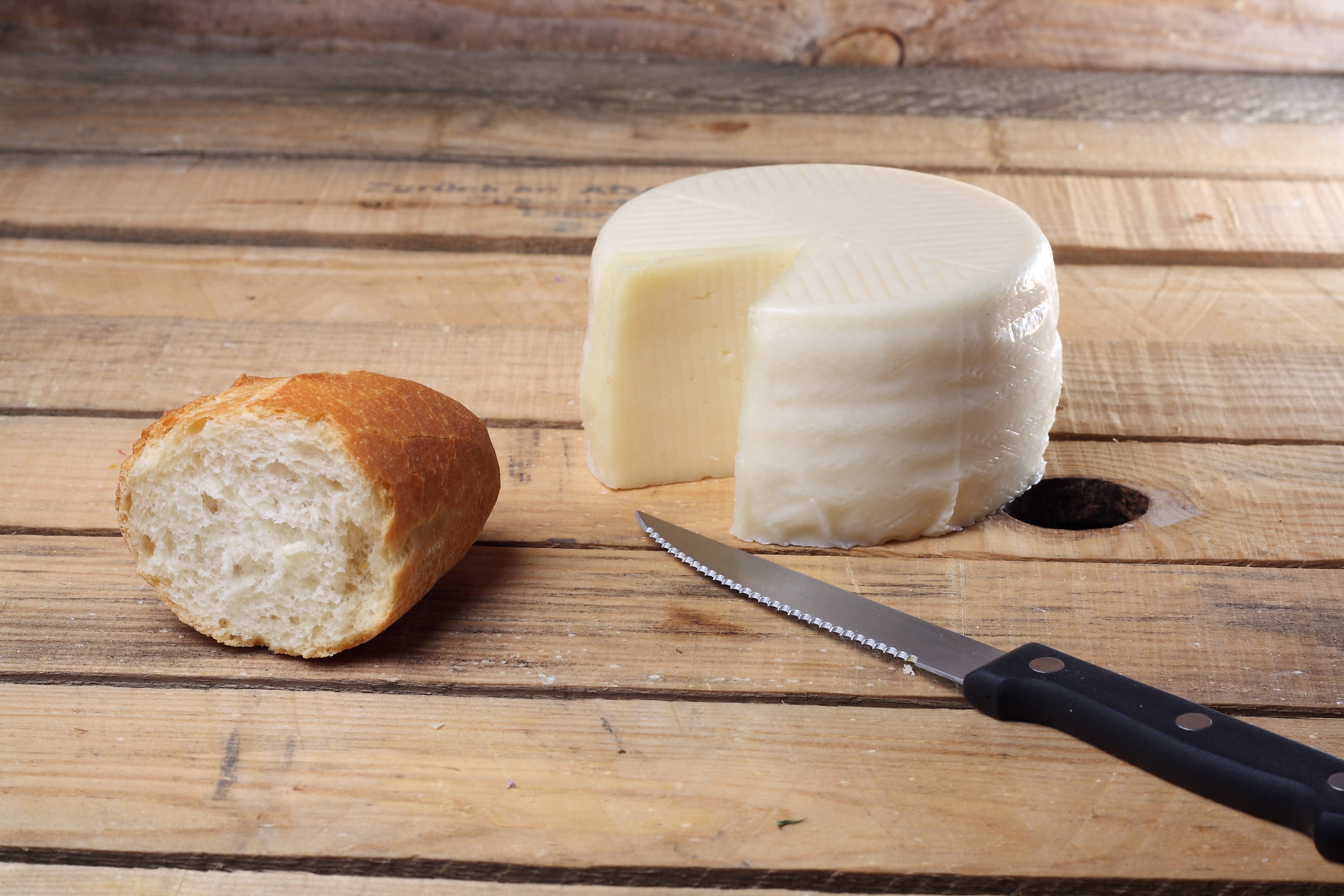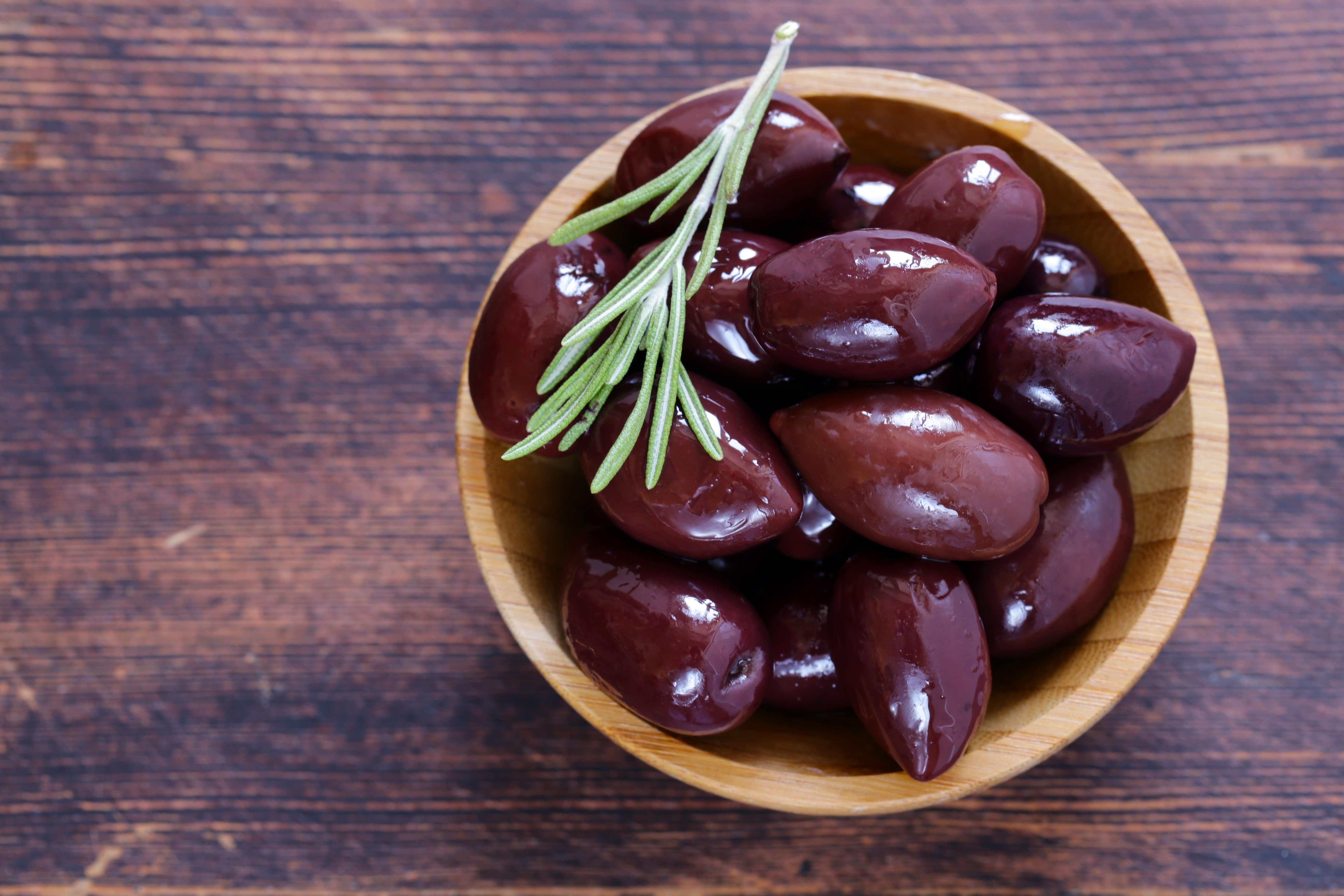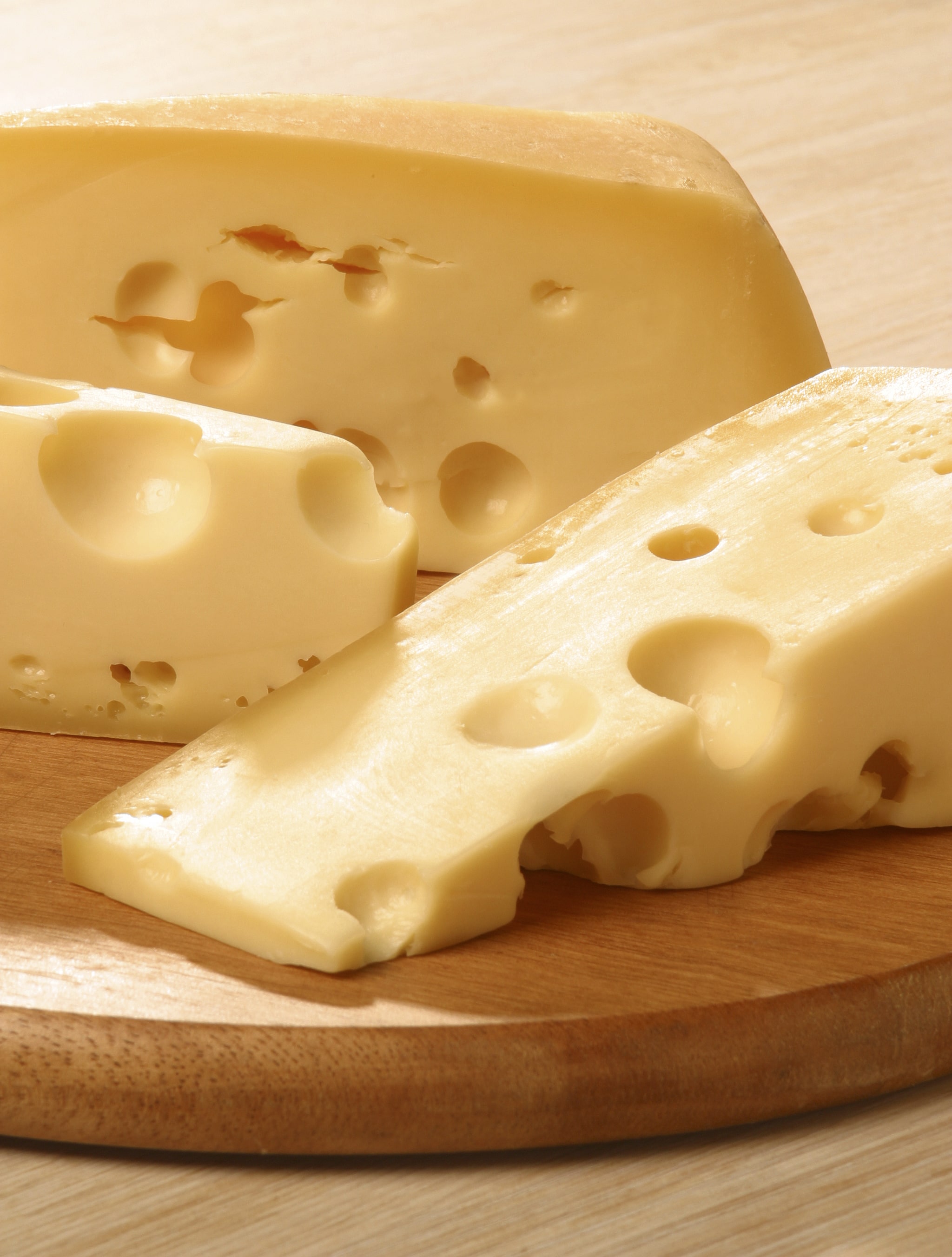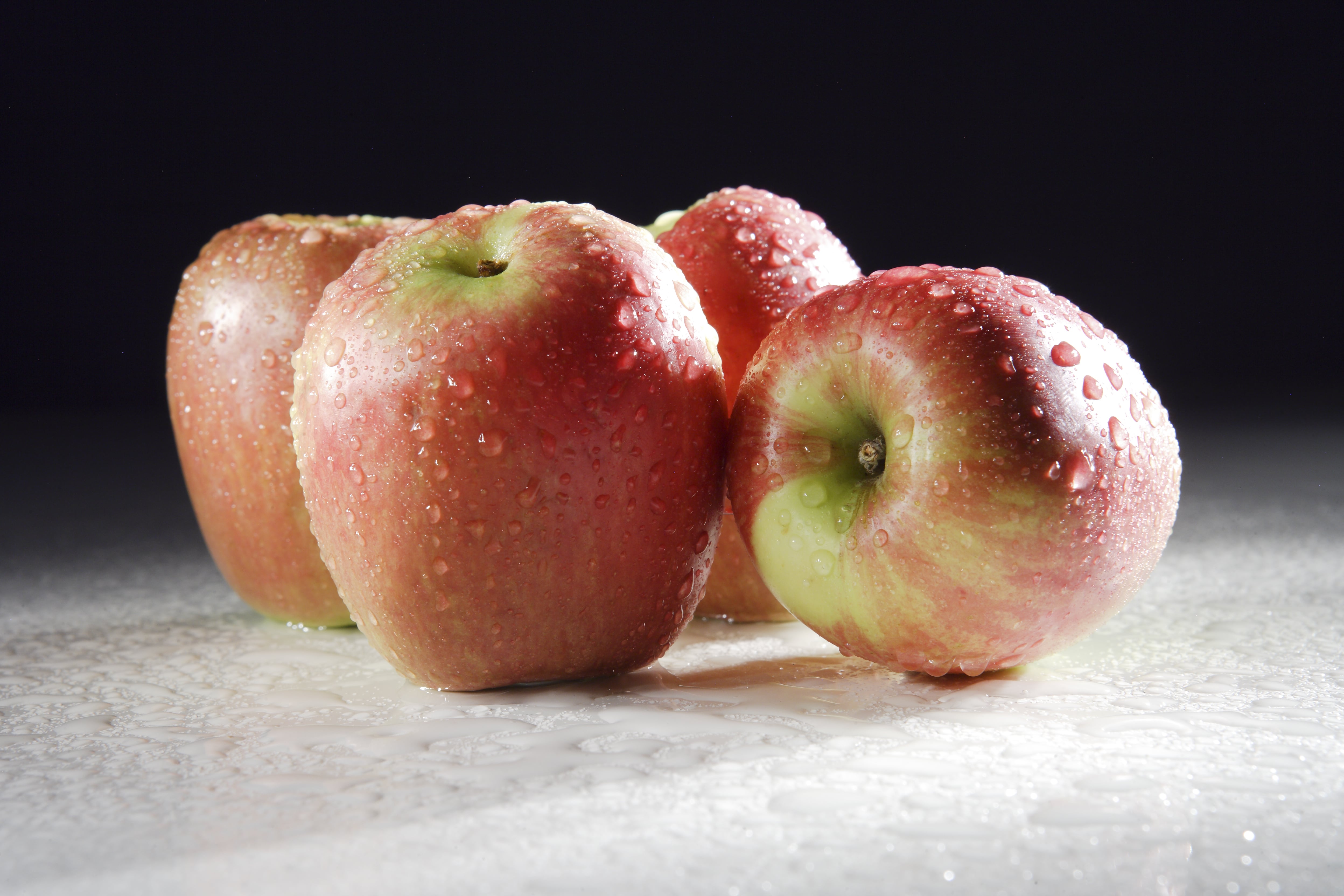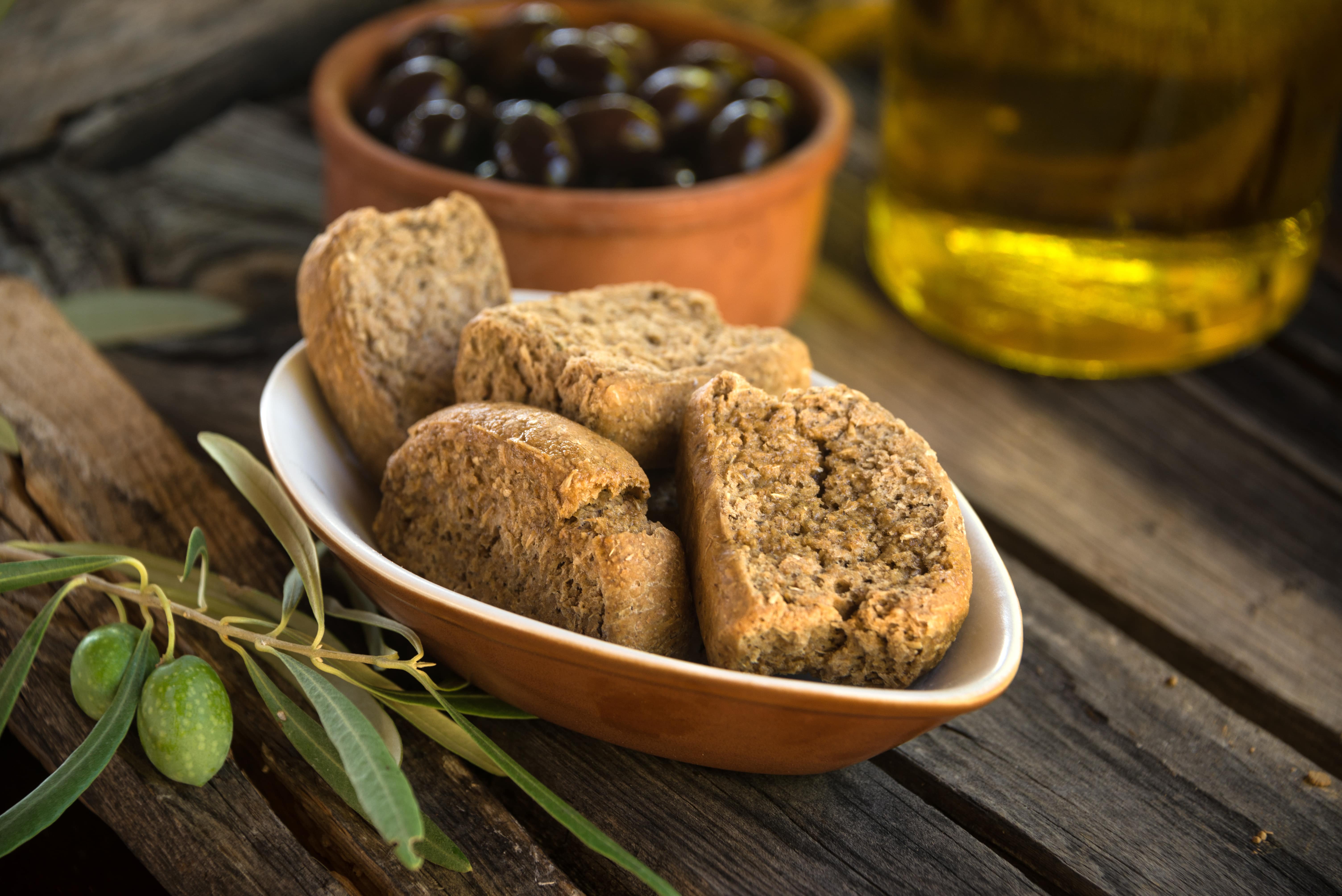Dictamus
On the vast slopes of Crete, where the sun meets the crystal-clear sky and the sea embraces the land, a small yet potent herb flourishes: the famous Cretan dittany (Origanum dictamnus L.). Deeply rooted in Greek nature and tradition, this treasured plant has recently been recognized by the European Medicines Agency (EMA) for its therapeutic properties. Cretan Dittany: From Ancient Remedy to Modern Herbal Treasure The people of Crete have long known the unique properties of dittany. In ancient times, legends and healers like Hippocrates praised its remarkable healing powers. According to myth, wild goats would seek out dittany to … Read more

